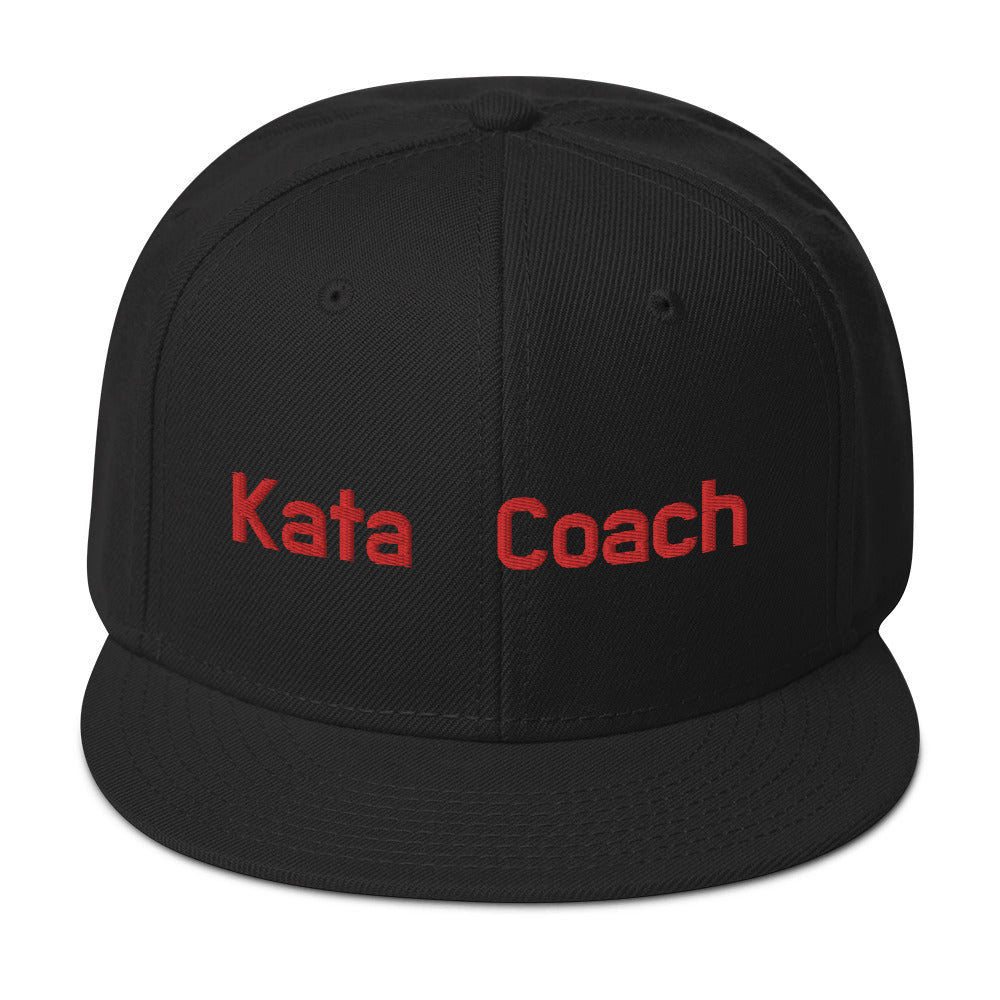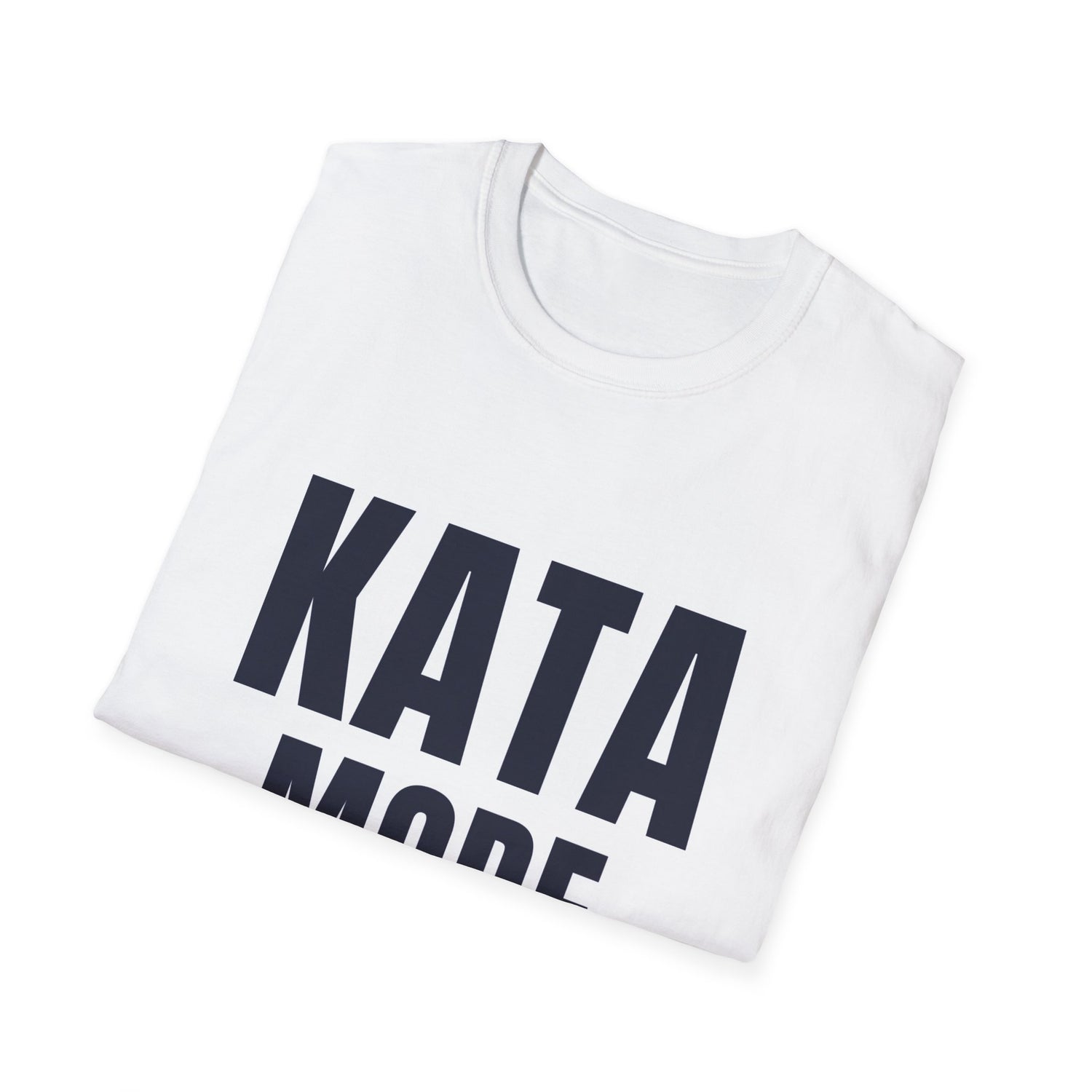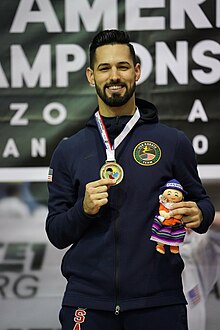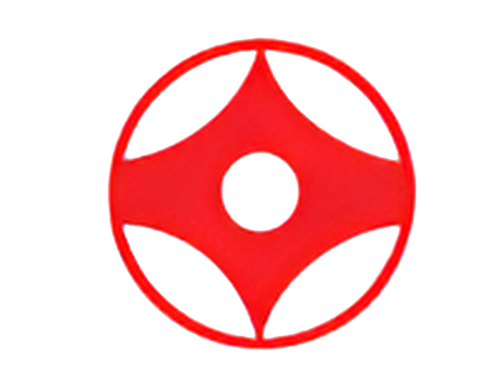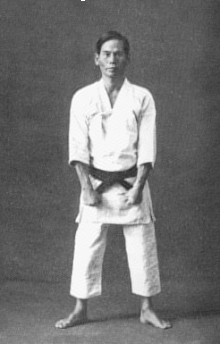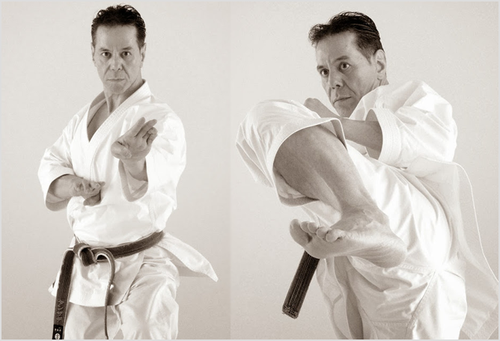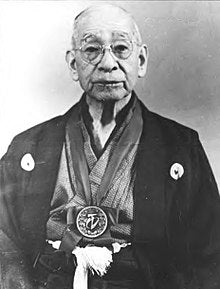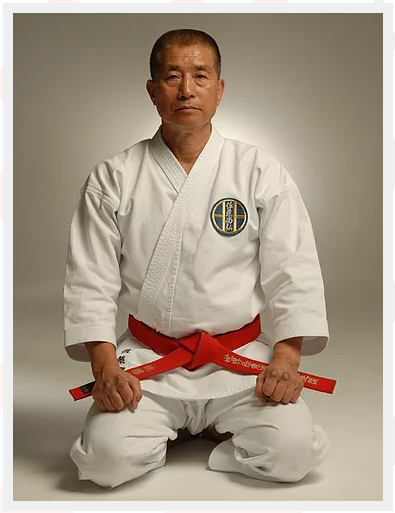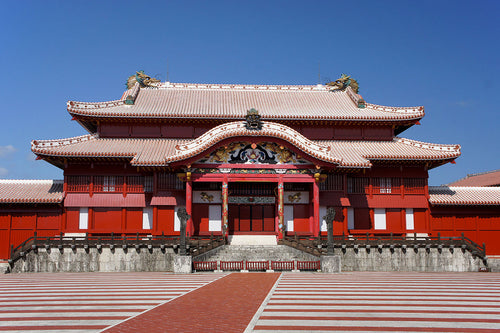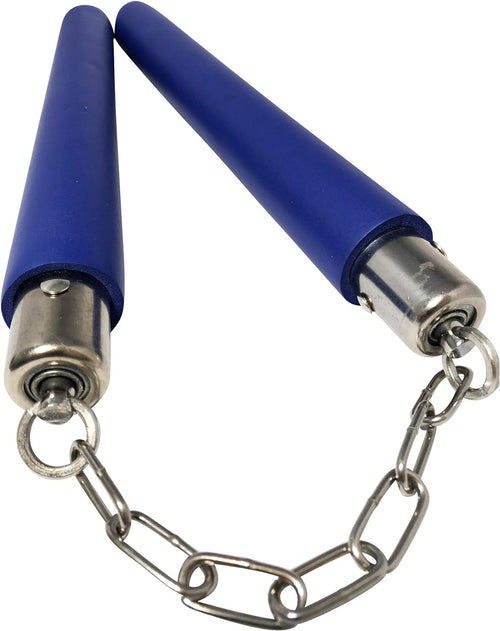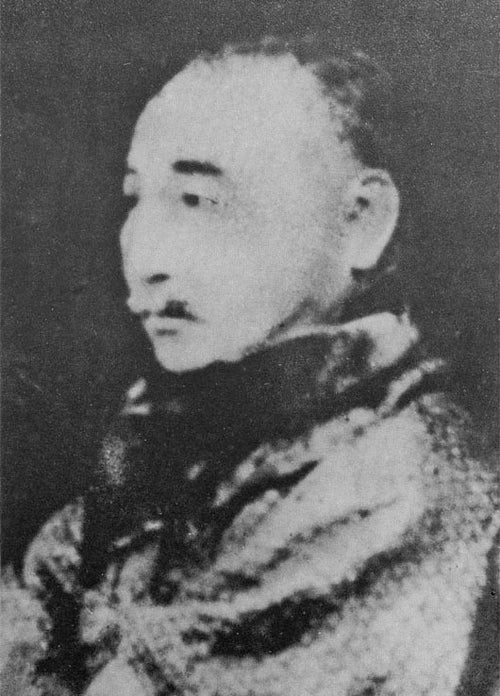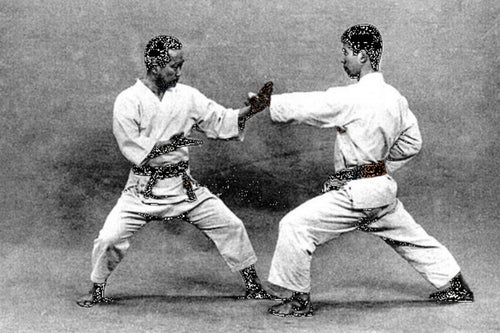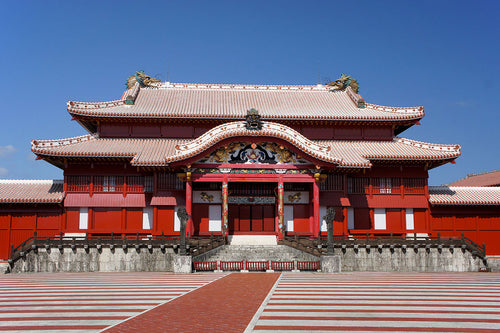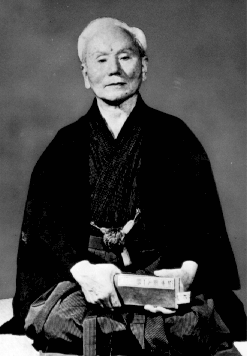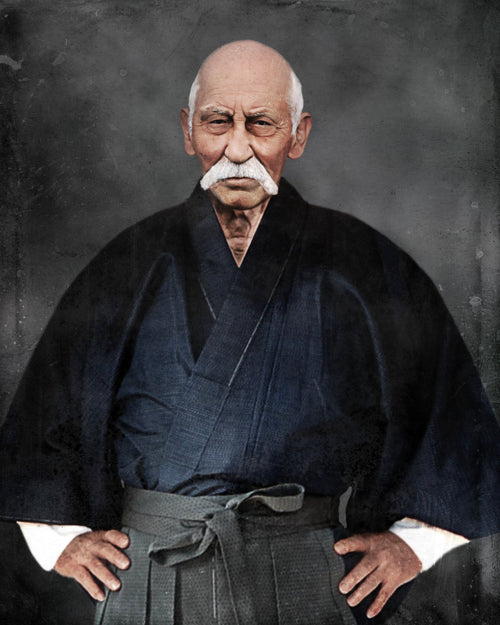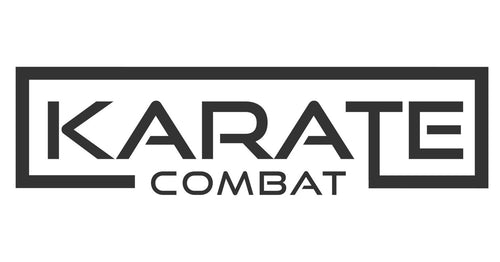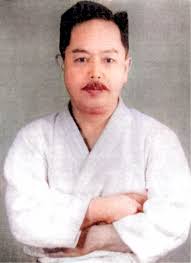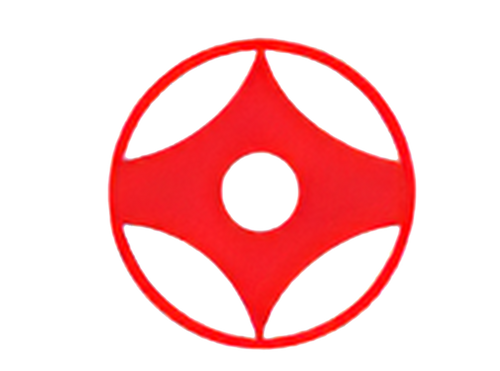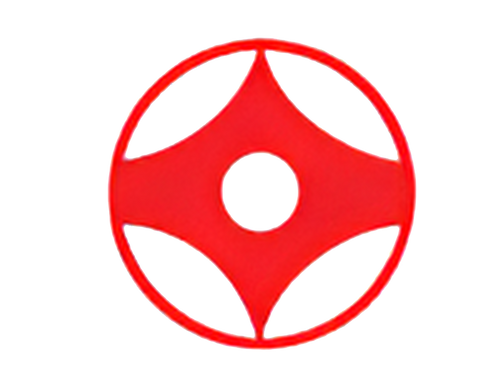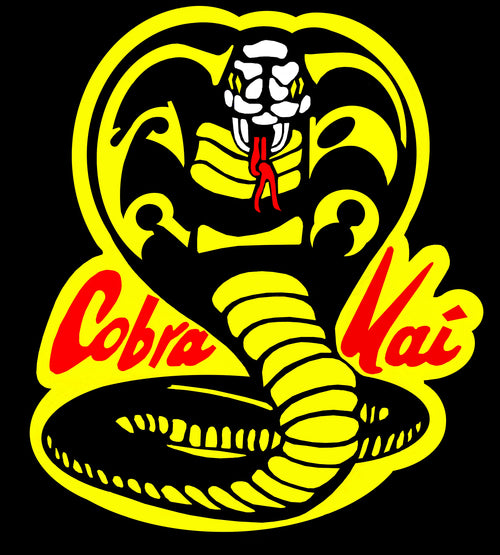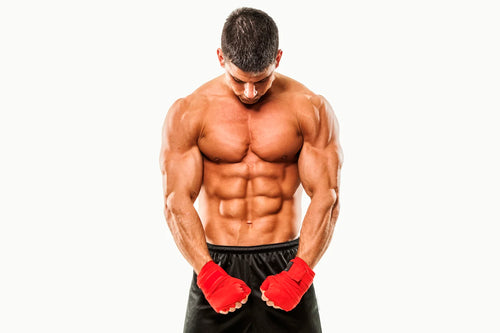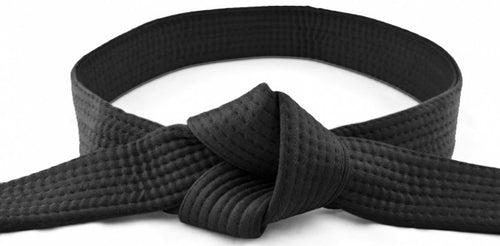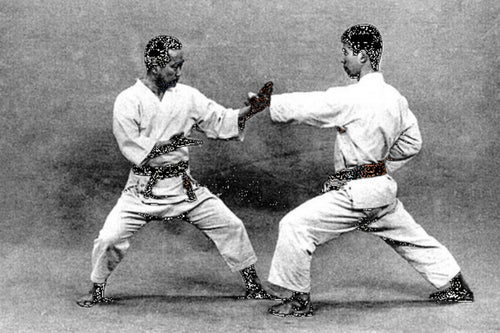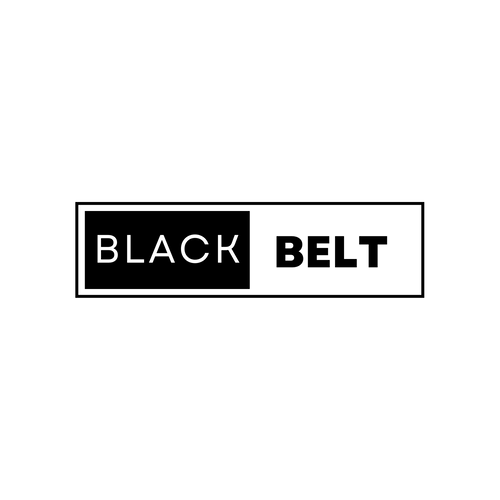Unveiling the Secrets of Shotokan Karate: A Comprehensive Guide
Shotokan Karate is a traditional martial art that originated in Japan. It is characterized by its powerful techniques, dynamic movements, and disciplined training methods. In this comprehensive guide, we will explore the secrets of Shotokan Karate, delving into its history, principles, techniques, and benefits.
History of Shotokan Karate
Shotokan Karate was developed by Gichin Funakoshi, who is considered the father of modern Karate. Funakoshi introduced Karate to mainland Japan in the early 20th century, spreading its popularity and establishing the foundations of Shotokan Karate. The art draws influences from various Okinawan martial arts and has evolved over time to become one of the most widely practiced Karate styles worldwide.
Within the history of Shotokan Karate, there are key figures and events that have shaped its development. Masters such as Masatoshi Nakayama and Hirokazu Kanazawa have made significant contributions to the art, refining its techniques and promoting its growth internationally.
Principles of Shotokan Karate
Shotokan Karate is built upon a set of fundamental principles that guide its practice. These principles include:
- Kihon: Kihon refers to the basic techniques of Shotokan Karate, such as punches, kicks, and blocks. It emphasizes proper form, balance, and body alignment.
- Kata: Kata are prearranged forms or patterns that simulate combat situations. Practicing kata helps develop techniques, timing, and mental focus.
- Kumite: Kumite involves sparring with an opponent. It allows practitioners to apply their techniques in a controlled environment, developing timing, strategy, and adaptability.
- Etiquette: Etiquette is an essential aspect of Shotokan Karate. It emphasizes respect, discipline, and humility towards instructors, fellow students, and the art itself.
- Spiritual Development: Shotokan Karate places importance on spiritual growth, fostering qualities such as perseverance, self-control, and self-awareness.
By adhering to these principles, practitioners of Shotokan Karate not only develop physical strength and self-defense skills but also cultivate a disciplined and focused mindset.
Techniques of Shotokan Karate
Shotokan Karate encompasses a wide range of techniques, including strikes, kicks, blocks, throws, and joint locks. These techniques are executed with speed, precision, and power. Some key techniques in Shotokan Karate include:
- Seiken Tsuki (Straight Punch): A powerful punch delivered with the first two knuckles of the fist.
- Mae Geri (Front Kick): A thrusting kick targeting the opponent's midsection or head.
- Gedan Barai (Downward Block): A block performed by sweeping the arm downward to deflect low attacks.
- Morote Uke (Augmented Block): A double-handed block used to intercept and redirect attacks.
- Ogoshi (Hip Throw): A throwing technique that utilizes the hip and body rotation to unbalance and throw an opponent.
- Juji Gatame (Cross Arm Lock): A joint lock that hyperextends the opponent's arm, immobilizing them.
These techniques are practiced repetitively to develop muscle memory, speed, and accuracy. Through continuous training and refinement, practitioners strive to execute these techniques with maximum efficiency and effectiveness.
Benefits of Shotokan Karate
Engaging in the practice of Shotokan Karate offers numerous benefits, both physical and mental. Some of the key benefits include:
- Physical Fitness: Shotokan Karate provides a full-body workout, improving strength, flexibility, and cardiovascular endurance.
- Self-Defense: The techniques learned in Shotokan Karate equip practitioners with the skills and confidence to defend themselves in real-life situations.
- Discipline and Focus: The structured training and etiquette in Shotokan Karate cultivate discipline, focus, and mental fortitude.
- Stress Relief: Engaging in physical activity and practicing Shotokan Karate techniques can help reduce stress and promote overall well-being.
- Self-Confidence: As practitioners progress in their training and overcome challenges, they develop self-confidence and a positive self-image.
- Community and Camaraderie: Shotokan Karate dojos foster a sense of community and camaraderie among practitioners, creating a supportive learning environment.
These benefits make Shotokan Karate a popular choice for individuals of all ages and fitness levels, seeking personal growth, self-improvement, and a deeper understanding of martial arts.
